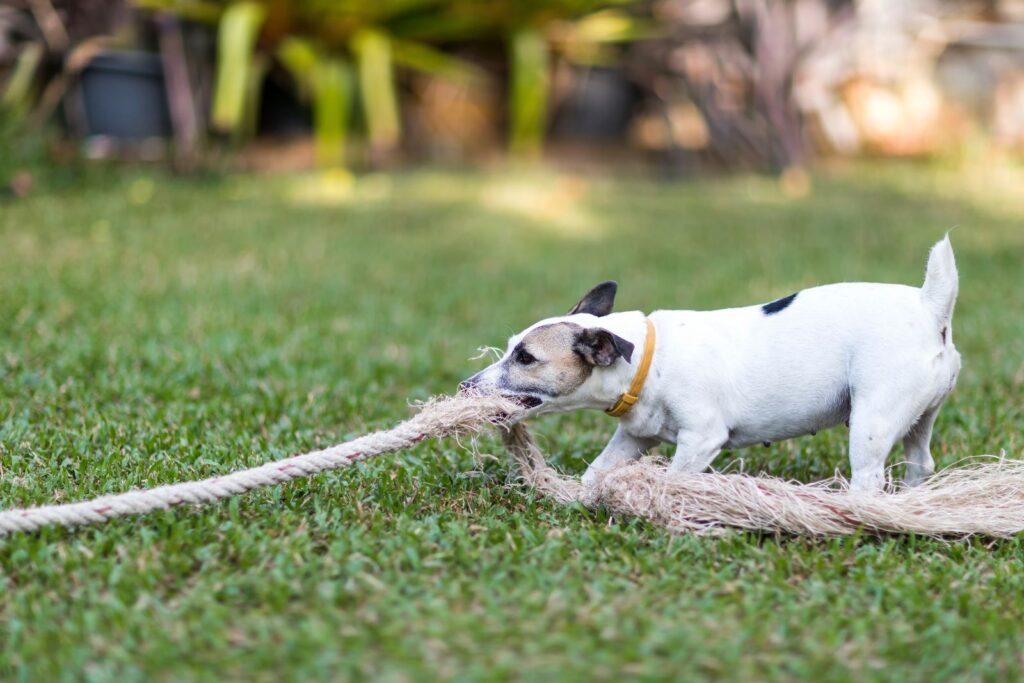When to Collect My Stud
When Do I collect My Stud?
The normal male dog attains puberty at approximately 6 – 8 months of age. Sexual maturity is generally attained at 18 – 30 months. Males may successfully breed bitches prior to sexual maturity but they will not achieve maximal fertility or daily sperm output until mature. This is generally why we do not recommend breeding or collecting your stud dog until 18 months of age.

What happens during collection?
We like to have an in-heat female to use as a teaser when collecting any male. The male has to show some interest and have a libido for the collection to be successful. We generally evaluate the “Sperm Rich Fraction,” which is the second part of the seminal fraction. This is the part of the sample that will be used for insemination. The uterus has limited space and cannot hold much volume, which is why we generally only inseminate the sperm-rich fraction with an extender. Too much volume can hinder pregnancy.
How does a dog fractionate semen?
With the onset of ejaculation, the dog will thrust vigorously for several minutes. During this period, the first and second seminal fractions are ejaculated. The first or pre-sperm fraction is of prostatic origin and is clear. The pre-sperm fraction arises from the prostate and urethral glands and is believed to cleanse the urethra of contaminants (urine, bacteria, and cellular debris) prior to ejaculation The second or sperm-rich fraction originates in the cauda of the epididymis where spermatozoa are stored. The third fraction is comprised of prostatic fluid and is normally clear.
What is brucellosis testing? Why should I do this?
Brucellosis testing is recommended prior to each breeding if dogs are used infrequently, regardless of the type of breeding being performed. Brucellosis can be transmitted either by mucosal contact (aerosol or oral/nasal contact with infected urine or vaginal secretions) or venereally. So, a male that has never been bred before can still be positive. Males that are being bred frequently (more than once every 2 months) should be tested every 2-3 months.
Why is Genetic Testing is important?
75% of dogs are at risk or a carrier for a genetic disease. Knowledge is key for proactive care. We recommend the AKC website to check and see which genetic testing is most important for your specific breed. Some breeds need radiographs to check hips and elbows, cardiac auscultation, thyroid testing, eye exams, etc. Check the website to see what is recommended for your dog.
Learn more here: https://www.akc.org/breeder-programs/dna/


